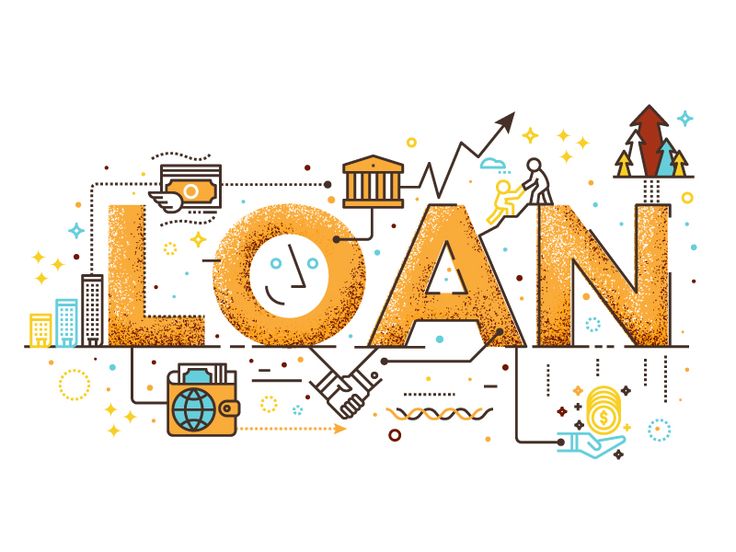Any agreement entered into between the Borrower and the Lender that regulates the mutual terms and conditions agreed upon by the parties, is known as “Loan Agreement”. Facilities Agreements, revolvers, term loans, working capital loans are some of the examples from the variety of loan agreements that exist.
This draft of ‘Loan Agreement’ is downloaded from website of Delhi Bar Association – at www.delhibarassociation.in
What is a Loan Agreement?
A loan agreement is a legally binding contract between a lender and a borrower that outlines the terms of a loan. It protects both parties by clearly stating the amount borrowed, interest rate (if applicable), repayment schedule, and potential consequences of default.
Why is a Loan Agreement Important?
Even for small loans between friends or family, a loan agreement is crucial for several reasons:
- Clarity: It ensures both parties are on the same page regarding the loan amount, repayment terms, and interest (if any).
- Protection: It offers legal recourse in case of repayment issues. The agreement serves as evidence of the loan and its terms if a dispute arises.
- Reduced Misunderstandings: A clear agreement helps prevent misunderstandings or hurt feelings down the line.

How to Draft a Loan Agreement:
While a lawyer can draft a comprehensive loan agreement, here’s a basic structure you can use for smaller loans:
- Parties Involved: Clearly identify the lender and borrower with their full names, addresses, and contact information.
- Loan Amount: Specify the exact amount of money being borrowed in both numbers and written words.
- Interest Rate: Indicate if there’s interest, and if so, the specific rate (as a percentage).
- Repayment Schedule: Outline the timeframe for repayment, including start and end dates, and whether it’s a lump sum or installments.
- Late Payment Fees (Optional): Include details on any late payment penalties if applicable.
- Default Clause: Briefly explain what happens if the borrower fails to make repayments.
- Signatures: Both lender and borrower should sign and date the agreement, along with witnesses (optional).
Remember:
- This is a general guide, and specific details may vary depending on your situation.
- For larger loans or complex agreements, consulting a lawyer is highly recommended.
By taking the time to draft a clear and well-defined loan agreement, you can ensure a smooth and positive loan experience for both the lender and borrower.


I was reading through some of your articles on this site
and I think this web site is rattling instructive! Continue posting.Raise range